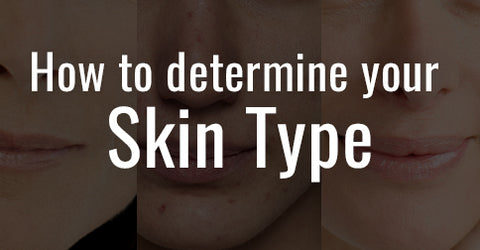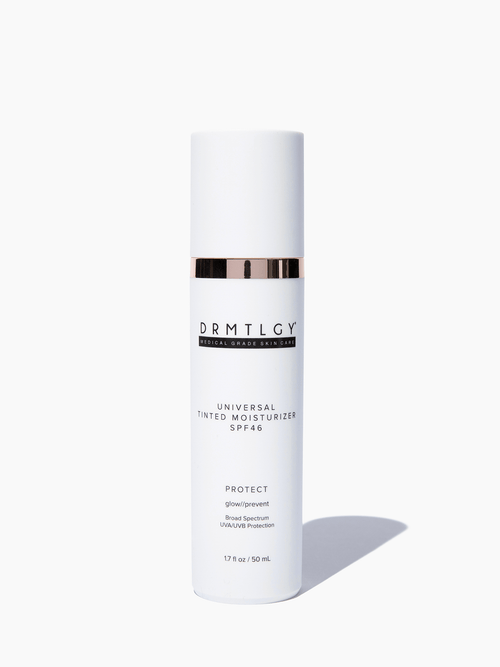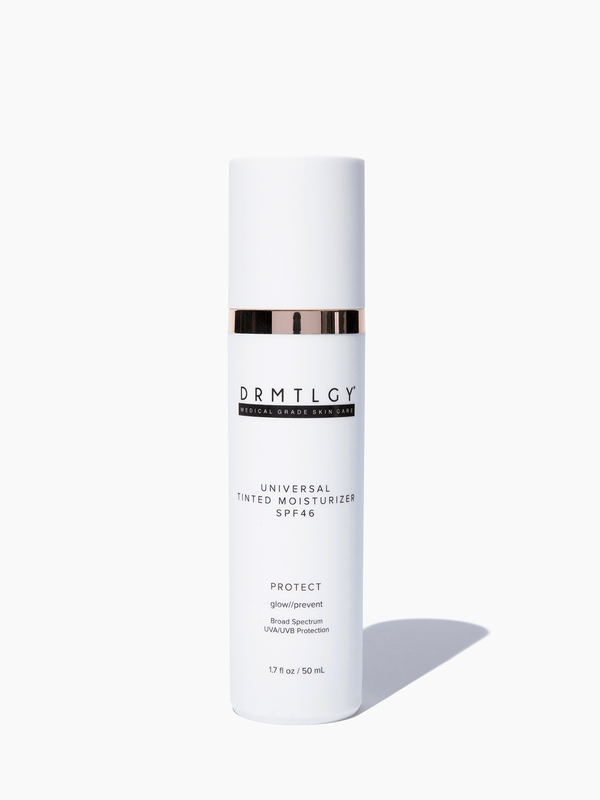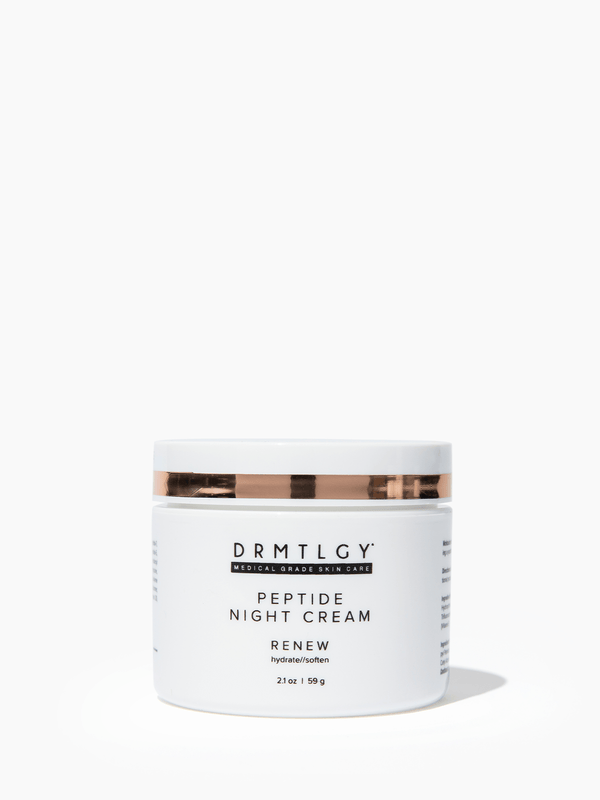
Understanding your skin is the most important step in skin care. How does it react to certain environments? Does it experience big swings with the seasons? Can it adapt well to new products? Without a solid grasp on what type of skin you have, it’s nearly impossible to treat it correctly.
While it is true that every person’s skin is unique, most skin falls somewhere within five categories: Normal, Oily, Dry, Sensitive, and Combination. The reason that determining skin type is so important is that many products are not suitable for certain types. For instance, aggressive treatments/cleansers often result in the skin producing excess amounts of sebum, which can be problematic in general, but especially for those with oily skin. The same goes for harsh acne treatments and those with dry or sensitive skin. No need to be alarmed though. Despite the use of the word “normal,” all skin types are incredibly common.
Fortunately, figuring out your skin type is relatively simple, and we’re here to help. Here are two easy, at-home methods for determining what type of skin you have:
The Bare-Face Method:
This, as the name implies, entails simply observing your skin. Wash your face with a mild cleanser, and gently pat it dry. After 30 minutes, look in the mirror. What does it look like? Does it feel tight or flaky? If so, you probably have dry skin. Are your cheeks or T-zone shiny? It’s likely that you have oily skin. If your face feels uneven, with patches of dryness and oily spots, it’s likely combination. If you feel that your is balanced and even—lucky you, you probably have normal skin..
The Blotting Sheet Method:
Another very simple way to determine skin type is to press a blotting sheet against different areas of your face and hold it up to the light. This shows how much oil the sheet absorbed. The drier the sheet, the drier your skin type. If the sheet appears to be saturated with oil, it is quite likely that you have oily skin. Do this test in patches around your face and if certain spots show a good amount of oil, with other being fairly dry, you probably have combination skin.
Caring for your particular skin type
Dry Skin
Dry skin produces less sebum than normal or oily skin, which compromises the skin’s natural barrier, and can accelerate the aging process. Moisturization is crucial to combatting dry skin. As we add moisture back into our skin, we strengthen that natural barrier. The more moisture our skin absorbs, the healthier it will appear. Find serums and creams that contain hydrating ingredients like hyaluronic acid and glycerin, and apply them vigilantly. Avoid astringent cleansers and treatments, as they tend to further strip our skin of moisture.
Sensitive Skin
Sensitive skin is characterized by redness, tightness or discomfort. It can be more difficult to care for, as different people are sensitive to different products. Introduce new products to your skin one at a time and always perform patch tests on a portion of your arm before applying the product to your face. Opt for gentle, non-irritating formulas that are free of parabens, fragrance, sulfates, or other common irritants.
Oily Skin
Oily skin occurs when your skin is overproducing sebum, or oil. This excess oil can often build up and lead to more frequent breakouts. To remedy excess sebum production, always look for products that are non-comedogenic, as they won’t clog pores. Exfoliate 2-3 times per week to slough away the dead skin cells and grime, as they tend to build up faster with oilier skin. And though it may sound counterproductive, be sure to moisturize daily. Excess sebum production is often a result of skin believing it needs more hydration. Moisturizers help regulate sebum production, keeping your skin hydrated, but not oily.
Normal and Combination Skin
Normal skin is easier to maintain, as it tends to adapt well to most products without being prone to breakouts or reactions. Find a healthy routine and stick with it and your skin should continue to look healthy for years to come. With combination skin, finding the right products can be a little trickier. Look for products labeled for “all skin types” and spot treat certain areas that frequently experience breakouts, redness, or dryness.















